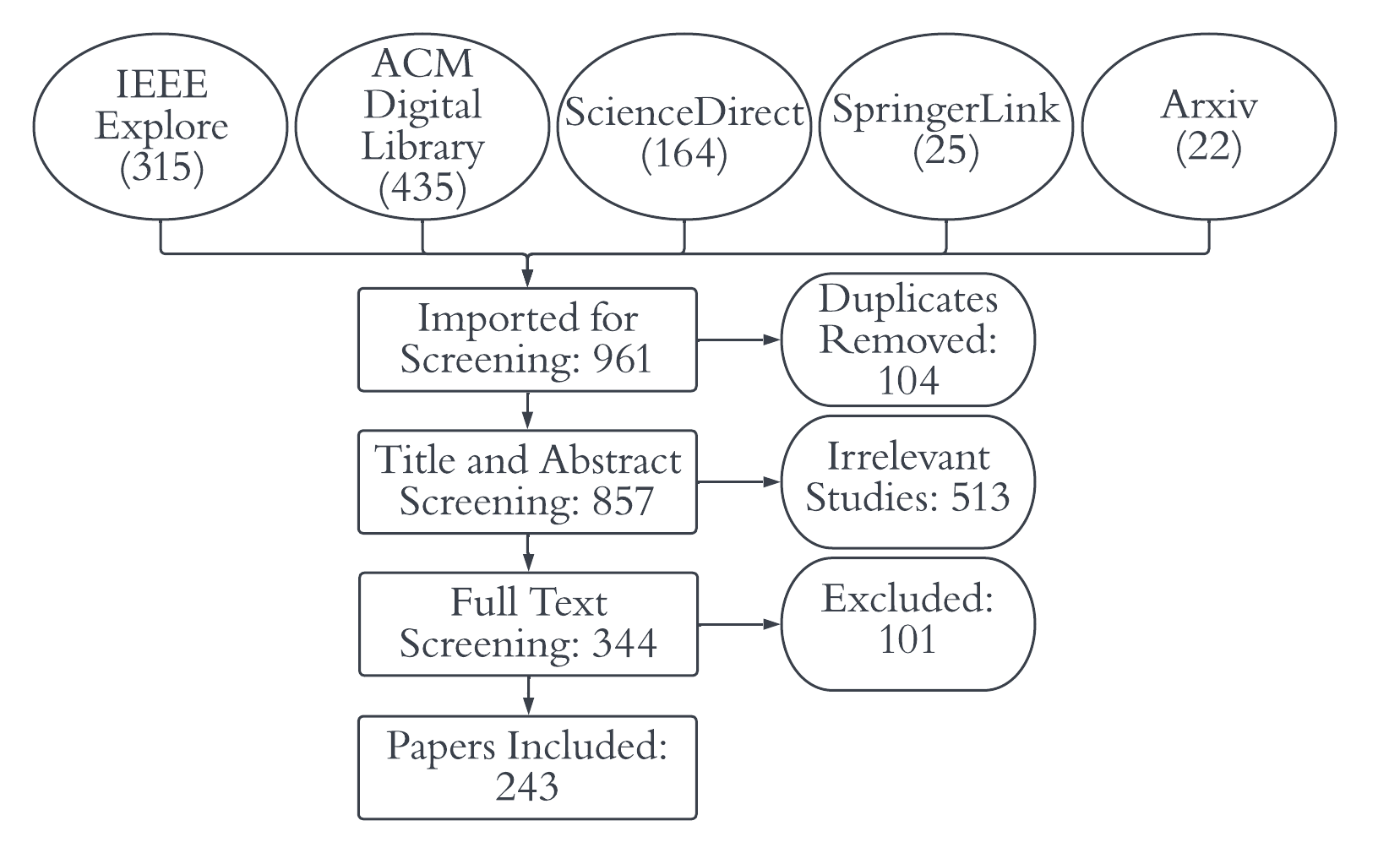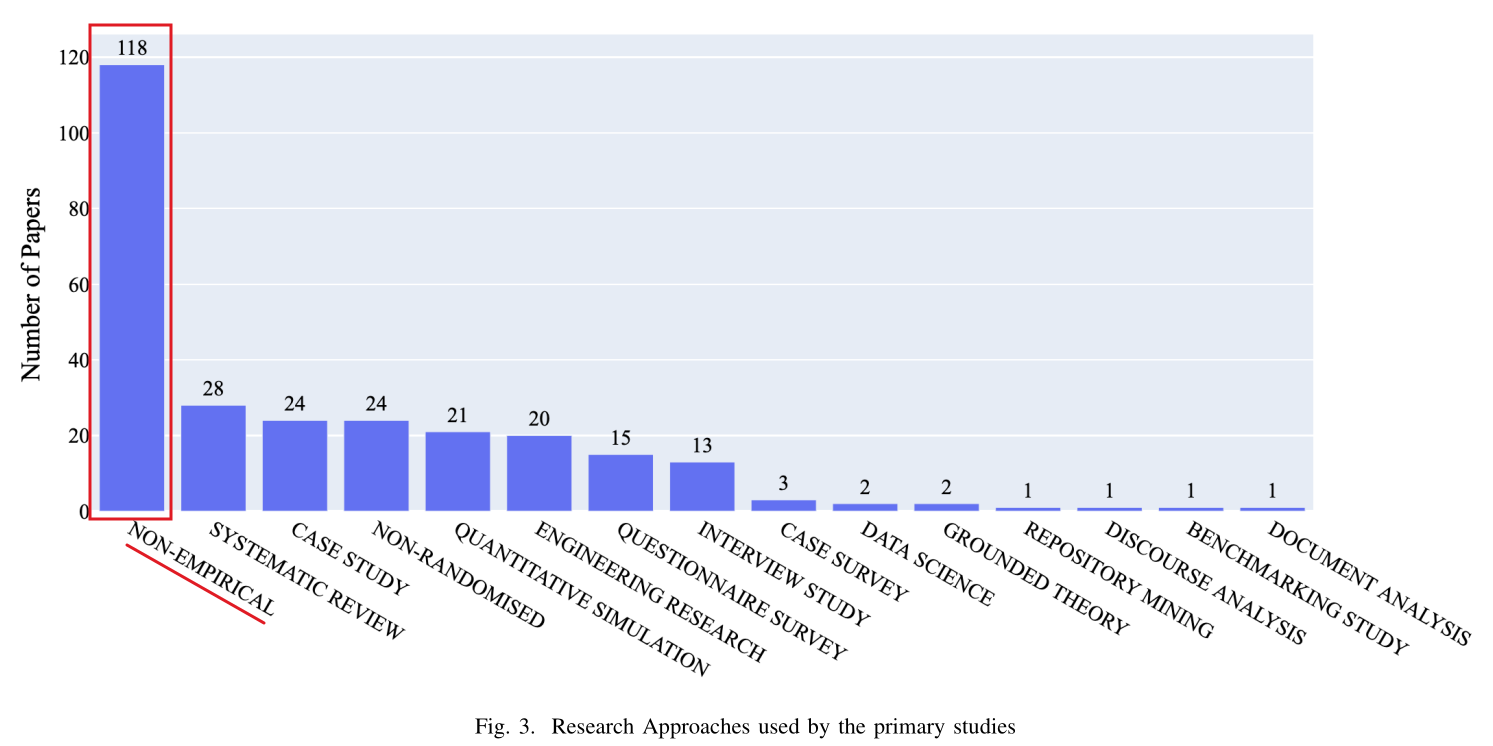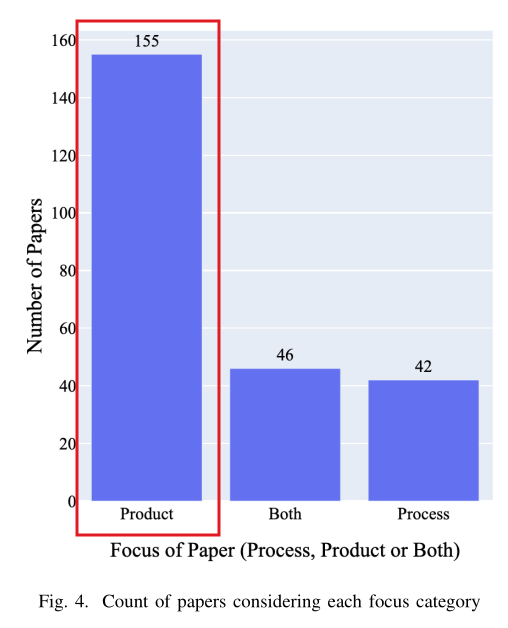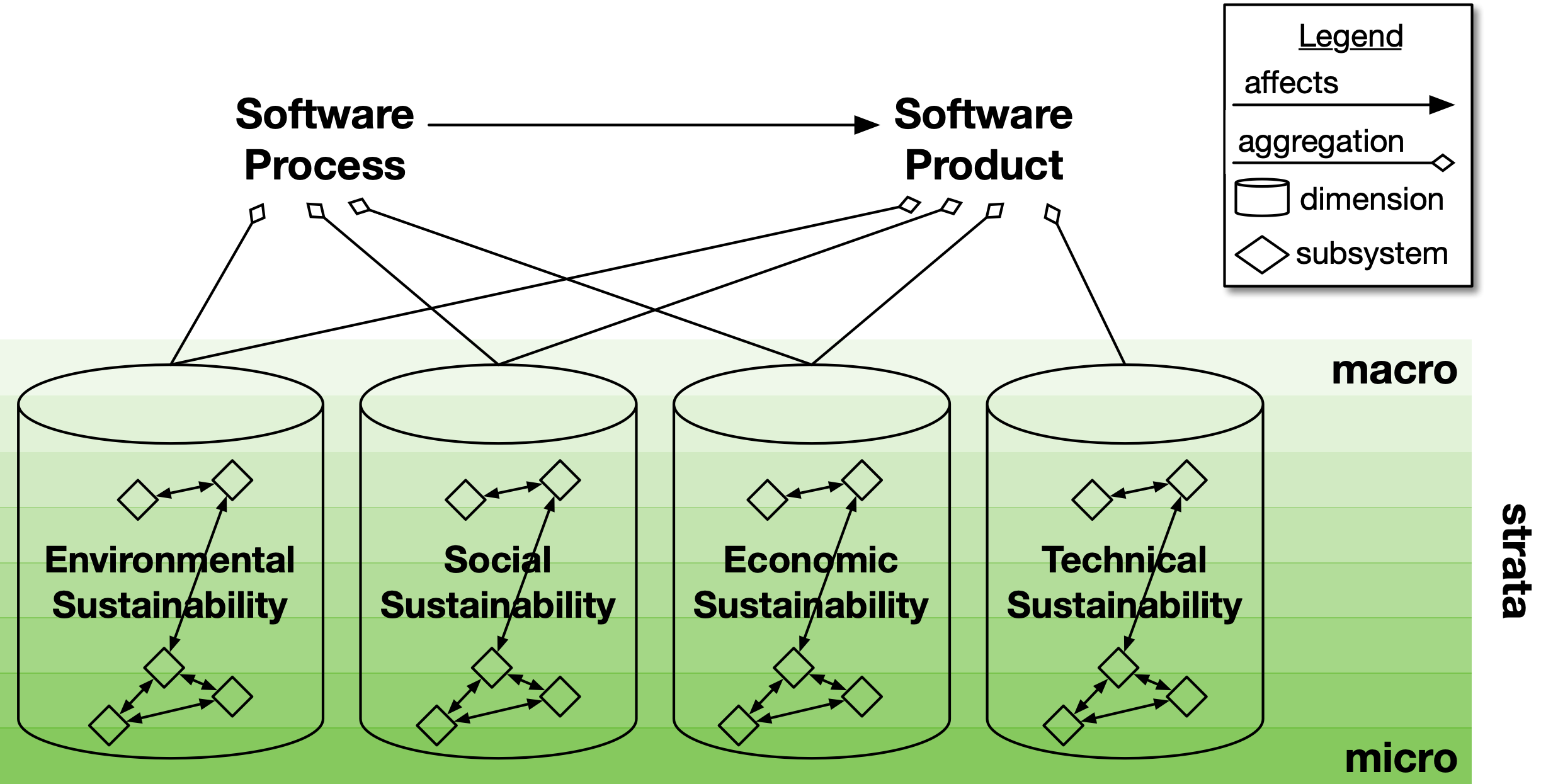Erwan Bousse
Nantes Université
Naomod Weekly Seminar, 14/01/2024
Erwan Bousse
Nantes Université
Paper written by researchers from Dalhousie University (Canada):
Sean McGuire
Erin Schultz
Bimpe Ayoola
Paul Ralph
Presented at the ICSE 2023 Technical Track

Sustainable Software Engineering (SSE), means creating software in a way that meets present needs without undermining our collective capacity to meet our future needs.
[…] most Software Engineering (SE) researchers consider sustainability in terms of resource consumption and waste reduction [4], Becker et al. argue that software sustainability […] encompasses five interdependent dimensions: environmental, social, economic, individual and technical [5].
SE has less sustainability research than many similar fields [8].
Most research on sustainable software focuses on energy efficiency [10], [12], [14]–[16] or technical sustainability [17].
Most research focuses on the sustainability of software products, rather than process [11], [14].
Tool support for sustainability concerns is lacking [11].
Sustainability is complicated and difficult to measure [18]; metrics for ecological sustainability in software have been neglected [19].
Research into the sustainability of software ecosystems remains in its infancy [21].
The five-pillar model has become a notable tool for understanding the impacts of SE [4]. However, many scholarly articles on SSE have been published since.
What is the current state of research on sustainability in software engineering?
A scoping review of the literature (ie. a systematic review) on SE sustainability,
A qualitative meta-synthesis,
A novel theory of software sustainability.
Systematic review scoped to "results related to sustainability or greenness in software or software development."
Use of the Covidence commercial tool for systematic reviews.


[…] our analysis discovered zero controlled experiments; indeed, the dominant research method was non- empirical (e.g. position papers). While non-empirical scholarship can make important contributions, the ratio of essays to empirical studies […] is concerning.

Process refers to the activities that make up software development, while product refers to a software artifact that is created by a software development process.
155 papers (64%) addressed only the sustainability of software products

The most commonly considered dimension is ecological sustainability, which is addressed by 169 (70%) of the 243 papers, followed by technical (42%),
Sustainability has different meanings at different strata, and a project that appears sustainable at one stratum may seem unsustainable at another.
Economic sustainability of a company that generates novels using a large language model and charges readers a flat monthly fee to read as much as they want
organization layer: product’s capacity to produce enough revenue to pay off its cost
individual layer: extent to which consumers can afford the subscription fee
industry layer: product’s effects on the profitability of conventional publishing
national layer: product’s effects on a country’s economy
A phenomenon is multisystemic when it emerges from the interactions among several systems.
The sustainability of an investing app emerges from the intersection of several systems:
user’s neurophysiological system: the app may present information in a manner that is inaccessible or confusing, leading to bad investment decisions
national banking system: apps may be subject to government regulations
collective technical infrastructure: if developed using unstable technologies in an unstable software ecosystem, our retirement savings may be at risk.
investment vehicles: investing in hydro- ponics companies and solar panel manufacturers is more sustainable than investing in oil companies and bitcoin
SE impacts sustainability through both the process of development and the software products generated
reduced energy consumption
software quality
pro-social impact
technical durability
mitigating disruption during development
motivating development communities
sustaining business relationships
the process of developing some software systems can have enormous sustainability challenges. For example, training large language models is highly carbon-intensive [35] while video game development is plagued by socially unsustainable cycles of crunch and burnout [36].

Are we assessing the software product or its development process?
Which dimension(s) of sustainability are we assessing — environmental, social, economic or technical?
For each dimension we are assessing, what strata are relevant? What does sustainability mean at each stratum?
What are the pertinent subsystems comprising each dimension we are assessing? What does sustainability mean from the perspective of each subsystem?
How does the software product or process affect each identified subsystem?
Benefits of multisystemic view: For some software products (e.g. a web-based video game), the environmental dimension may reduce to carbon footprint. But a software system controlling efforts to engineer the climate can have much broader effects on the world environment.
Benefits of combined dimensional, multisystemic and stratified views: easier to visualize the stakeholders within those systems and emphasize with their respective roles in sustainability efforts.
Not enough empirical work: means that all sustainable development practices should be viewed with suspicion
Discourse centered on products rather than development processes, while processes may be the main source of problems (eg. toxic development cultures, training the GPT-3 language model, etc.).
Do more demographically diverse teams produce more socially sustainable software products?
Does adding energy consumption tests to test-driven development lead to more sustainable software design?
How do we reduce the carbon footprint of hot fixes?
Does pair programming make software teams more resilient?
Is object-oriented code with higher cohesion and looser coupling more maintainable?
Do undergraduate ethics courses reduce the tendency to design anti-social algorithms?
How do we design software more people will actually want instead of tricking people into buying software they will hate?
How can video game micro-transaction systems be profitable without promoting gaming compulsion?
First time I spend some time to really understand the academic meaning of the concept of sustainability
Hard to apprehend all "dimensions"
We clearly mostly focus on ecological sustainability
I liked the paper, which is well-written paper and is a strong study… but :
nothing extremely surprising in the results
the proposed "theory" feels not very impressive… but it does help thinking about the issue
Still, seems to be quite some work to do in sustainable software engineering !